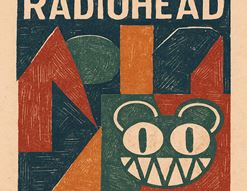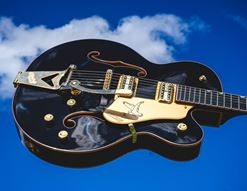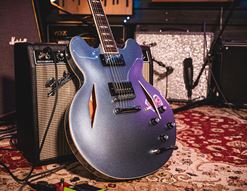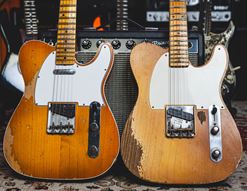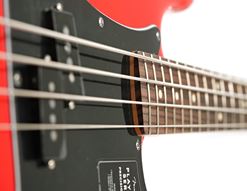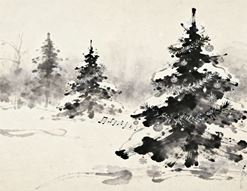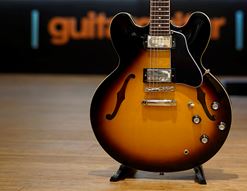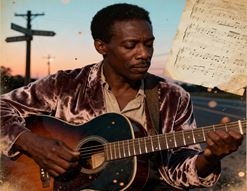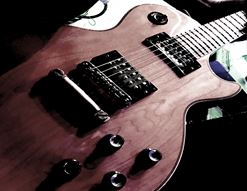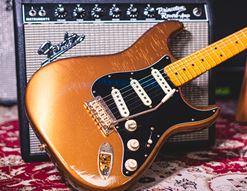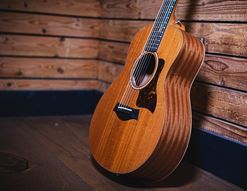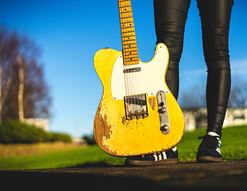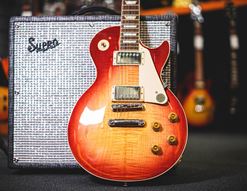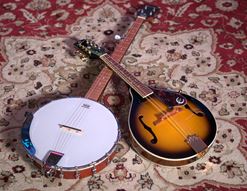Recently, I’ve had a good look at Ibanez’s extended range guitar, their basses, and I’ve enjoyed a wonderful chat with Steve Vai about his immortal JEM signature guitar. One thing I haven’t looked at yet is the subject of Ibanez acoustic guitars, and it’s high time I did!
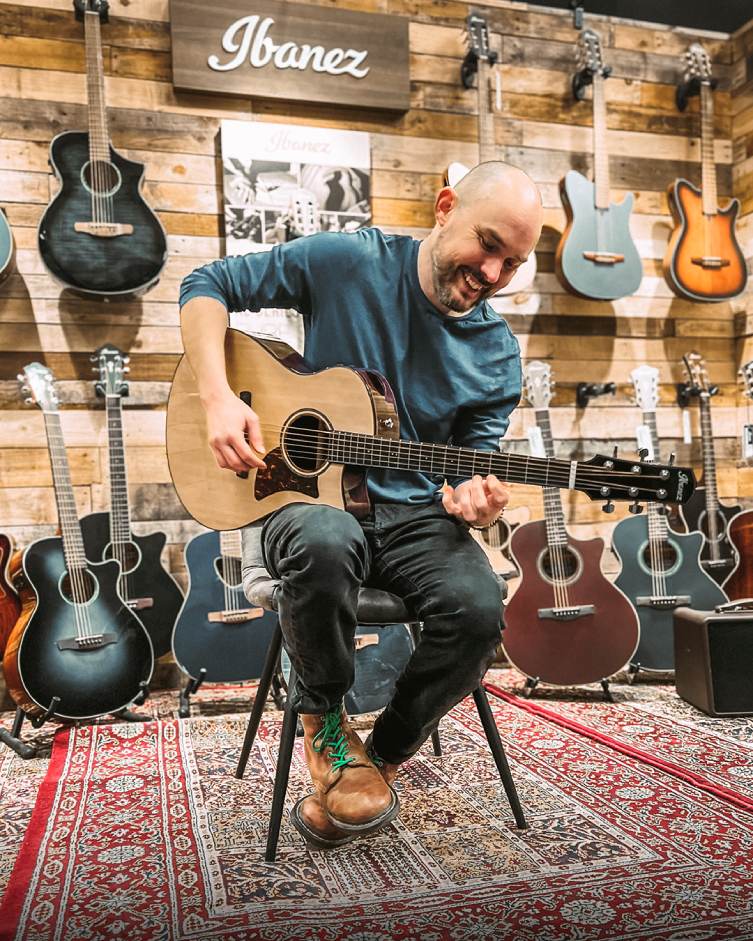
They are actually one of the most popular acoustic brands that we sell, and that characteristic Ibanez creativity and quality control is evident throughout the range. Today, I’ll talk about the main styles that Ibanez offer, and highlight some particular models that I feel are good examples of their craft. Whether you like your acoustics to be understated or ostentatious, Ibanez are definitely going to have something for you!
Contents
Lots of Options
Now, Ibanez have never been a shy brand when it comes to launching loads of different styles and models. Because of this, I could go into really quite exhaustive detail with the ranges here, and I don’t know if there’s much of a purpose to that. What I’ll do is highlight their broader strokes, so that all of the guitars that begin with ‘AE’, for example (including AE, AEG, AEWC and so on) will all fly under the same heading. This should hopefully get the path cleared, and allow a sure-footed journey through Ibanez’s myriad acoustic offerings!
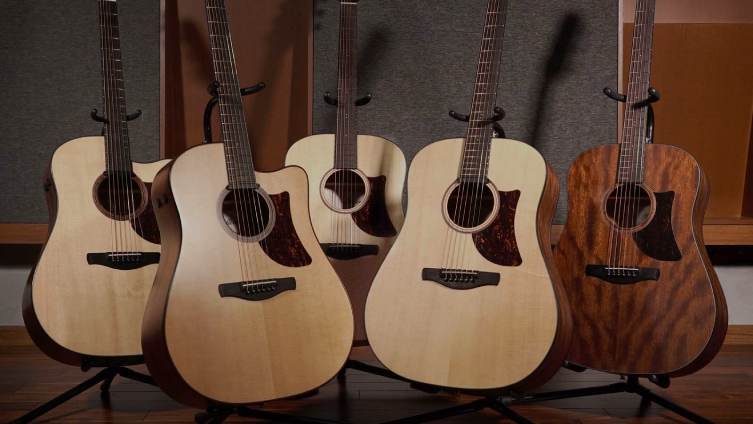
AE Models
As mentioned, Ibanez do use the term ‘AE’ a lot, and I suspect it means merely ‘electro acoustic’. The AE range has been in production since 1982 and, whilst there have been a good few body styles over the years, Ibanez tend to use a specific ‘AE’ shape today. That is what I’d refer to as a cutaway grand auditorium-style body: a more contemporary looking guitar compared with dreadnoughts and other historic acoustic styles.
Ibanez talk about the AE styles being their flagship acoustic range and are available with a good selection of timber tops, finishes and decorations.
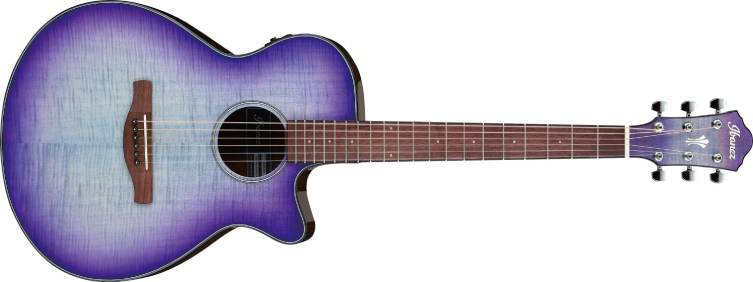
AEG models are all cutaway electro acoustics with a slightly slimmer depth to the body, making them very manageable on stage, and for players who don’t prefer huge acoustics.
AEWC guitars are described by Ibanez as being inspired by their shreddy electrics. Cutaways in the bodies are distinctive (neither ‘venetian’ nor ‘florentine’ in shape), and the body has been deeply shaped at the neck joint for better upper fret access. The necks themselves have asymmetric profiles and some models (such as the AEWC400) also have forearm contours on the body’s top for even more comfort. Very cool, and very Ibanez!
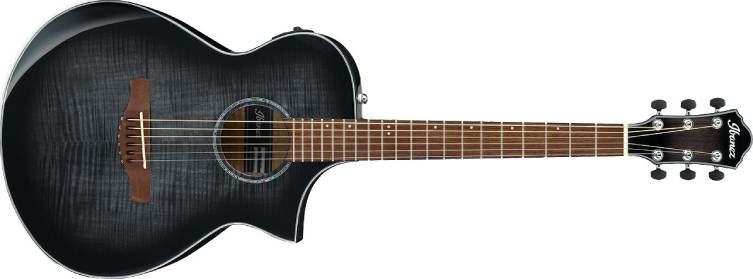
Artwood
Ibanez Artwood guitars are the most traditional style here. The shapes are all very ‘heritage’ (mostly dreadnoughts) and the styling is more olde-worlde than Brave New World, if you get me? There’s a lot of natural timber and lovely ‘open pore’ finishing going on, but there’s still room for a little bit of Ibanez’s famous innovation, with forearm contouring and other subtle details to be found on certain models.
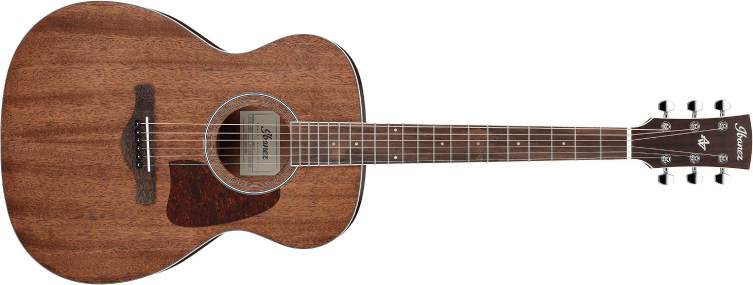
Talman
The Talman started off as an original design Ibanez offset electric guitar and bass. It found a good following in the nineties alternative bands of the US, and is still available in various guises, not least in Yvette Young’s signature model.
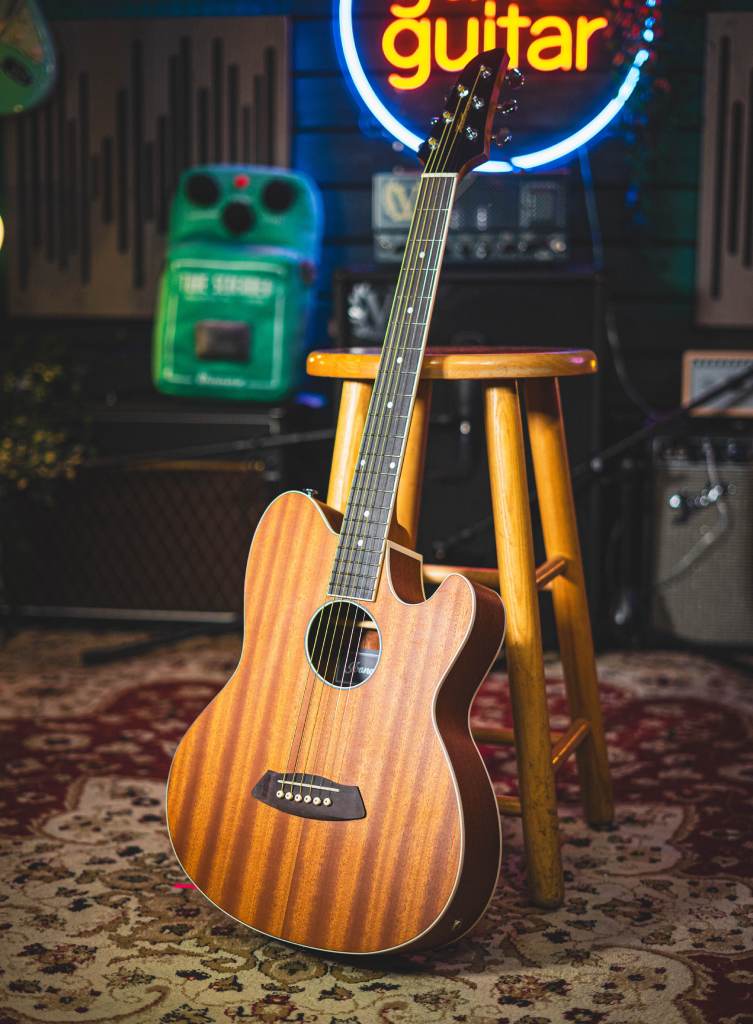
It’s also been a popular acoustic shape for a while, perhaps due to its smaller, slimmer body. It’s a really comfortable guitar for those who otherwise don’t get on with the size of a jumbo or dreadnought. The neck is also often slim and easy to play, so electric guitarists transitioning to acoustic may find these to be an excellent choice.
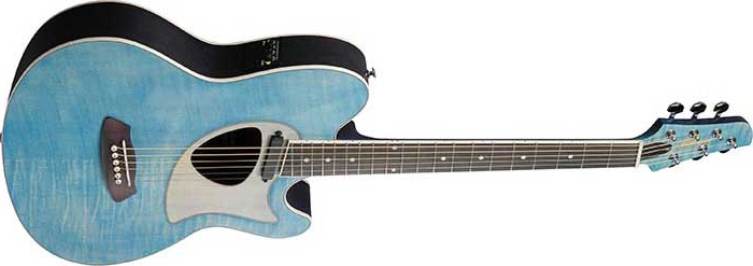
PF Models
The Ibanez PF guitars are inexpensive, accessible instruments that are made specifically for new players to enjoy. They are comfortable, great value and look the part, using many of the stylistic features found on more expensive Ibanez models. From black cutaway dreadnoughts to 12-string models, there’s a lot to get onboard with in the PF range.
Classical
Ibanez actually started out in the misty depths of the past as a classical guitar brand. Did you ever wonder why a Japanese company had such a Spanish-sounding name? They’ve offered them ever since, with the same dependable levels of quality.
Most of Ibanez’s classical guitars sit in the more ‘affordable’ end of the price spectrum, and many have benefits like slim bodies and pickup systems, so guitarists looking to dabble in some nylon string vibes should definitely investigate what Ibanez have to offer here.
Also, one of the company’s most popular guitars of the last year or so is a nylon string model: it’s the TOD-10 ‘Tree of Death’ signature model for Polyphia’s Tim Henson.
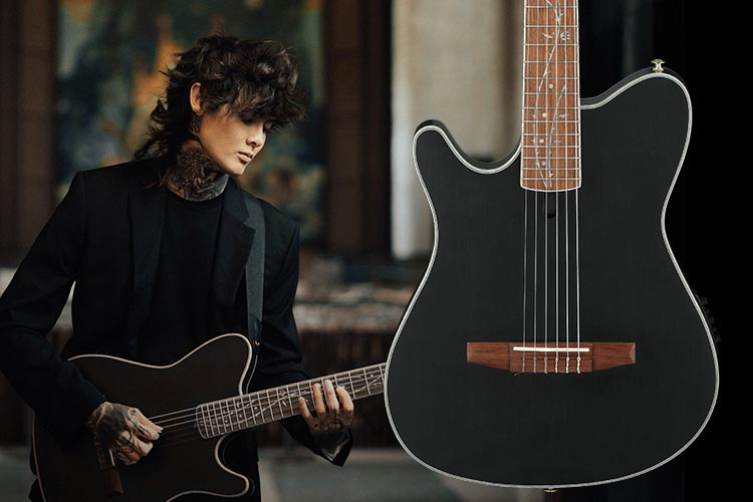
Artist Models
In addition to Tim Henson, Ibanez have a small but potent roster of artists on their acoustic books. Stach and Vai are there with their own guitars and so is modern acoustic virtuoso Jon Gomm, who actually left Lowden guitars to develop a line of JGM guitars with Ibanez. If you’ve seen him play, you’ll not only know what he can do, but you’ll know how tough his guitars need to be, not to mention innovative!
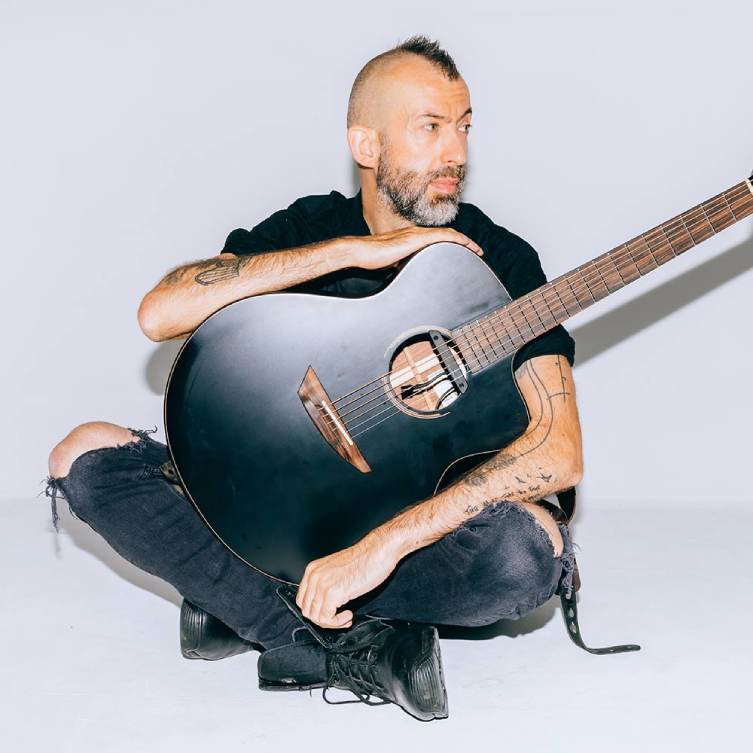
Choice and Value
Ibanez are undoubtedly one of the big hitters in the guitar world. As such, you’d expect to see lots of acoustic guitars available, and they don’t disappoint! What’s great, though, is that there is so much variety right up and down the price points: the affordable guitars are a s cool looking and fun as the more expensive ones, and they are always reliable and well put-together instruments.
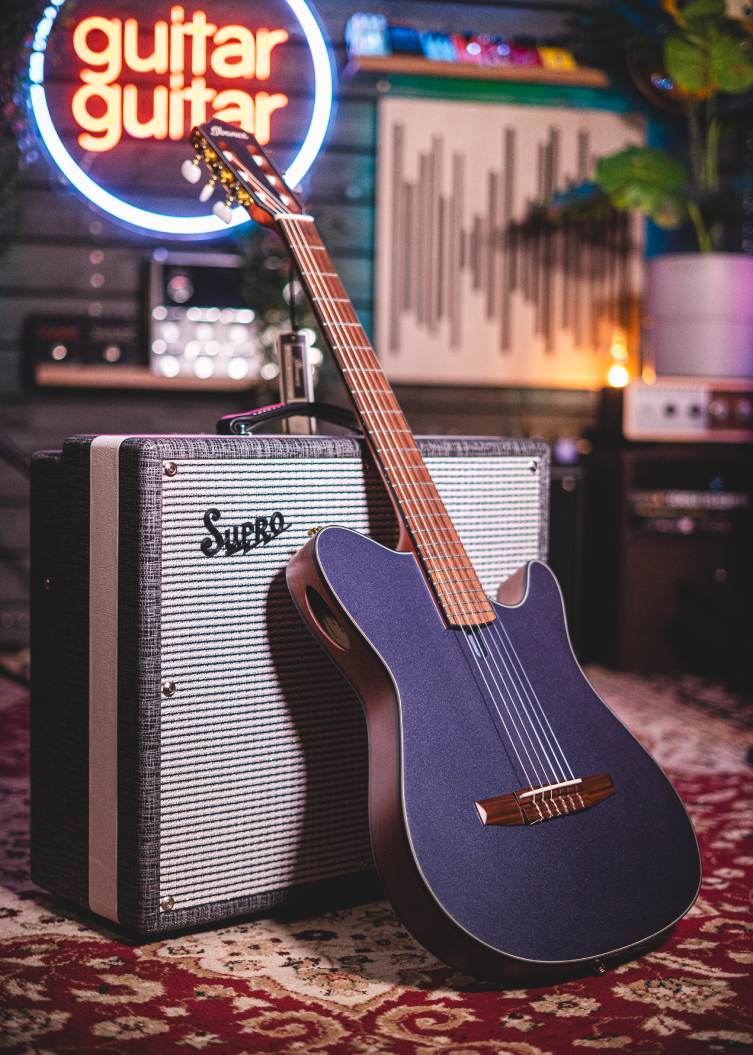
Whether you are beginning your journey on guitar, or are looking for that certain something, there’s a more than good chance that Ibanez will have what you’re looking for.
Click to View our Ibanez Acoustic Guitars



